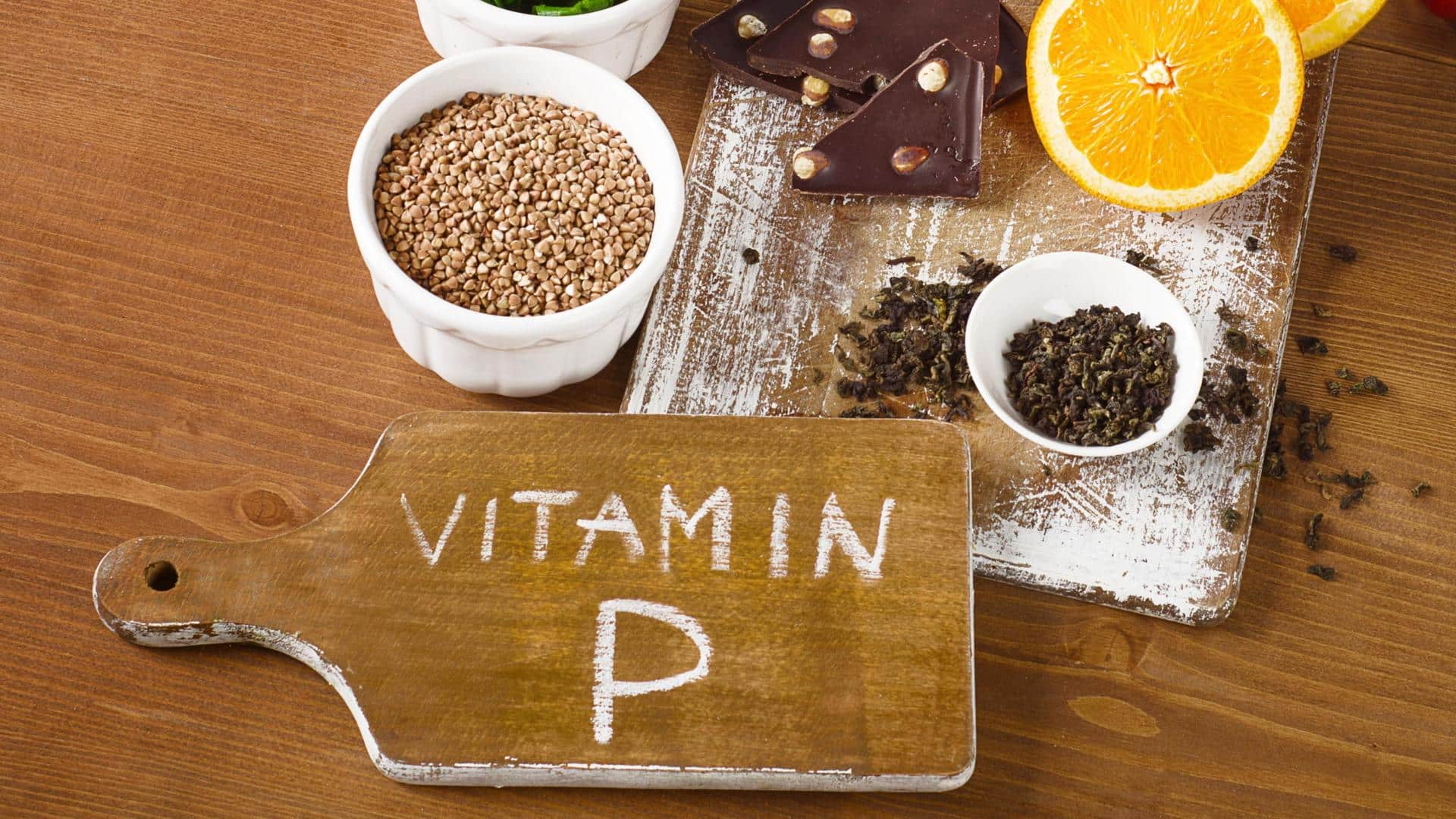
What's vitamin P? Find it in these delicious foods
What's the story
Ever heard of vitamin P? No worries if you haven't because it's not your typical vitamin! In fact, it is a term used for a group of plant compounds known as flavonoids. Flavonoids give foods their colorful appearance, such as the red in beets and cherries, and the orange in carrots. They offer many health benefits and are important for a balanced diet.
Vitamin P
Why are flavonoids called vitamin P?
Flavonoids were initially called "vitamin P" when scientists extracted them from oranges in 1930, as they were thought to be a new type of essential vitamin. However, as scientific knowledge advanced, it became clear that they don't qualify as vitamins. Consequently, the term "vitamin P" was discarded, and flavonoids are now recognized as a group of beneficial phytochemicals found in plants.
Purpose
What purpose do flavonoids serve in plants?
Flavonoids, a diverse group of plant compounds with over 6,000 known varieties, play significant roles in the life and survival of plants. They serve several purposes in plants, including preventing infections, protecting against sun and environmental stresses, and attracting insects for pollination. Moreover, flavonoids are responsible for the vibrant colors found in deep-colored fruits and vegetables like berries, cherries, and tomatoes.
Health benefits
Health benefits
Flavonoids offer various health benefits, primarily due to their antioxidant-rich characteristics. They may support brain health by protecting brain cells. In addition to that, consuming flavonoids is associated with a lower risk of type-2 diabetes, and certain classes of flavonoids have also been linked to a reduced risk of heart disease. That's why you should be eating different colored foods.
Food sources
Sources of flavonoids
Flavonoids can be found in vegetables with yellow, orange, and red colors, as well as in citrus fruits like mangoes, apricots, oranges, and grapefruits. Other sources include lemons, cherries, and grapes. Among vegetables, carrots, tomatoes, peppers, broccoli, onions, and parsley are rich in flavonoids. Flavonoids can also be obtained from green tea, red wine, and dark chocolate with over 70% cocoa content.
Deficiency
Deficiency of flavonoids
Flavonoids are essential for the proper absorption of vitamin C. Weakness, exhaustion, and symptoms similar to vitamin C insufficiency, including muscle soreness, bleeding gums, and mouth fissures, can occur when the body is lacking in flavonoids. Limb pain may also occur, along with a higher risk of bleeding. Small hemorrhages can appear in the skin around wrinkles as well.